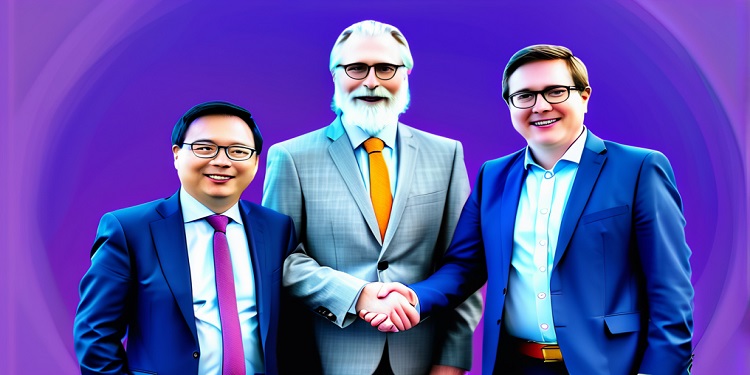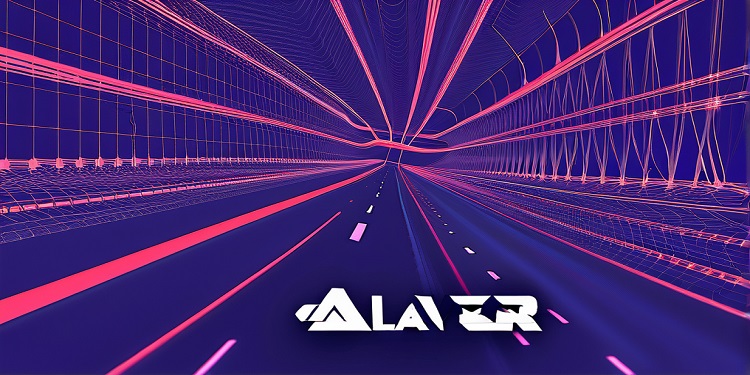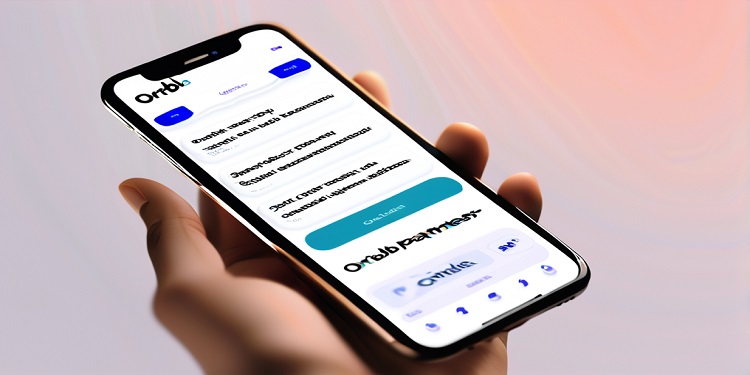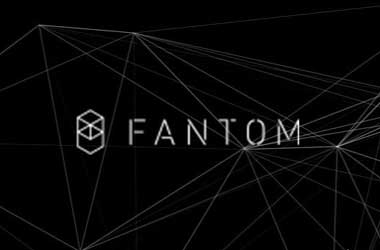 The new economy’s growth has been aided by the use of blockchain technology. High volatility is a major downside of digital money. Additionally, the cryptocurrency market is subject to large fluctuations between cycles. To maintain wealth over time, crypto investors are searching for new and less risky investments. There is a gap between stablecoins and conventional tokens, and the Up Stable Token eXperiment (USTX) initiative fills it.
The new economy’s growth has been aided by the use of blockchain technology. High volatility is a major downside of digital money. Additionally, the cryptocurrency market is subject to large fluctuations between cycles. To maintain wealth over time, crypto investors are searching for new and less risky investments. There is a gap between stablecoins and conventional tokens, and the Up Stable Token eXperiment (USTX) initiative fills it.
It is the USTX algorithm that maintains contract reserves in the DEX project, and it is based on market conditions. During an expanding market, the token price rises and the internal reserve level rises simultaneously. To keep the price stable and safeguard an asset’s worth in a declining market, the smart contract uses reserve liquidity.
As a result of this pattern, growth is less volatile and more stable over the long run. When it comes to making payments and investing, USTX is the appropriate asset. The project is free, open source, and audited. An AMM DEX using historical BTC data as input is used to compare the algorithm’s behavior to that of the conventional AMM DEX.
In other words, it’s obvious that the red line (USTX) may continue to increase at the same rate while minimizing the drawdown dramatically, safeguarding investors’ investment value. It also decreases the danger of making a bad investment decision by picking the incorrect time to invest. USTX eliminates the need to use stablecoins when the market is down. It’s a token that works in any market.
Inherent value of the token is provided by the stablecoins (USDT, USDC, TUSD, and USDJ) in the reserve. Complex proof-of-reserve procedures aren’t necessary since the contract liquidity may be verified immediately on-chain. It’s impossible for the project team to get their hands on the money.
The project went live on the Tron blockchain in October 2021, and soon after, listings on SunSwap and Coinsbit were announced. The Staking platform, which was introduced in January 2022, is the most recent addition to the USTX ecosystem.
Users like the variety of stake possibilities and the high returns (up to 12 percent) it offers. By any standard, 75 percent of the circulating supply is locked up in staking, which is a very large percentage.
Other DeFi projects like Kraftly.io, the major Tron NFT marketplace, have an excellent relationship with the team and a cooperation with which you may mint NFTs by purchasing with USTX. Since debut, the price has increased by 133%, while BTC’s price has decreased by 36% over the same time. The token’s functionality, adoption, and user base are all being actively pursued by the development team. USTX opted to participate in the Tron Grand Hackathon 2022 with this purpose in mind.
TronDAO’s event opens up new possibilities and has the potential to speed up the creation of new TRON and BTTC applications. With the launch of the Voting site and the Crosschain bridge, two notable enhancements will be made to USTX’s ecosystem:
Stakeholder participation in the project’s most critical strategic choices will be enhanced thanks to the Voting site. On-chain voting will be appreciated by the user as a result of app integration with USTX DEX. A smart contract will oversee every proposal, and no costs will be charged to the user during any transactions.
USTX’s userbase will grow as a result of debuting on other blockchains thanks to the Crosschain bridge. The implementation of the bridge will concentrate on providing the user with the most control over the transaction. As far as feasible, off-chain actions shall be avoided. USTX may be deployed on any EVM-compatible blockchain, including BTTC, ETH, BSC, Polygon, Cronos, and a slew of others, after which it can be easily migrated.
Tron’s lock/release technique and secondary chains’ mint/burn methods will be used to distribute the entire token supply across all blockchains. Because of this, USTX will be a single token with a single price and single supply that can be used on several blockchains. Voting for the hackathon winners will be done by a public review board comprised of crypto specialists, key opinion leaders (KOLs), and other community members. These three groups each have a 30% weighting. TRON DAO Forum reviewers will cast their votes in a public poll from March 8 to 11.








